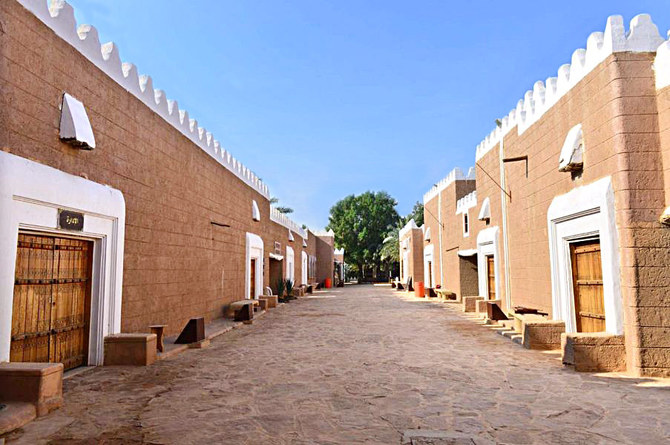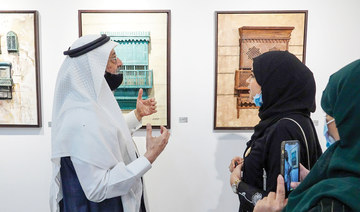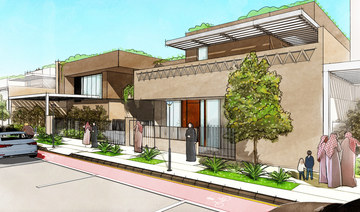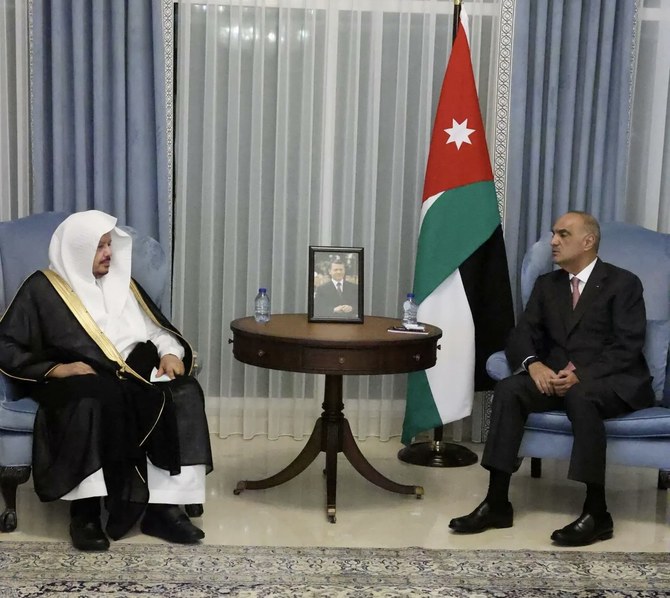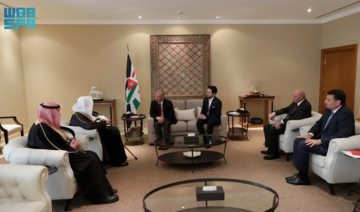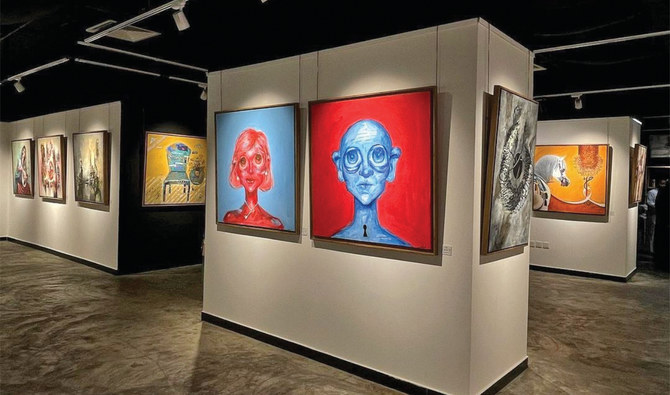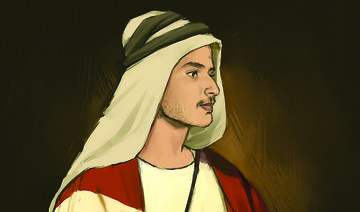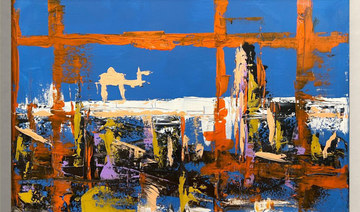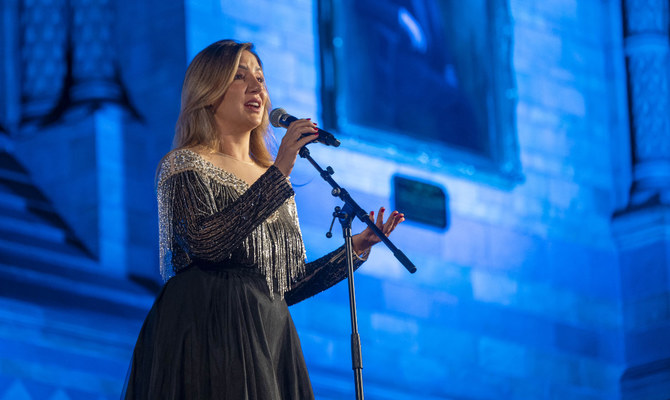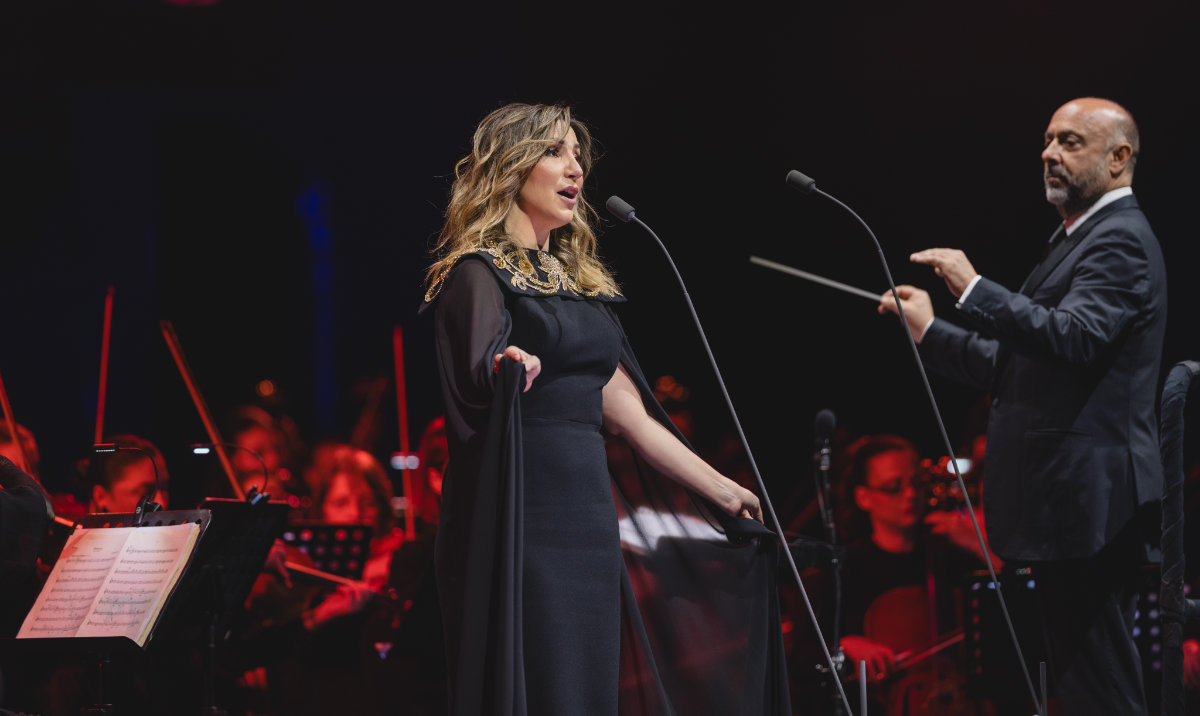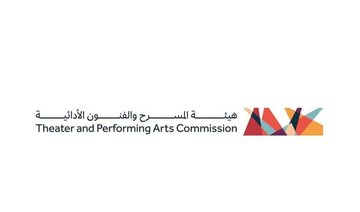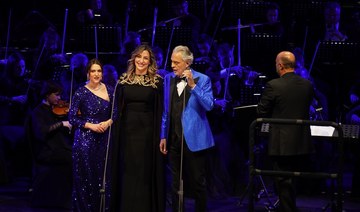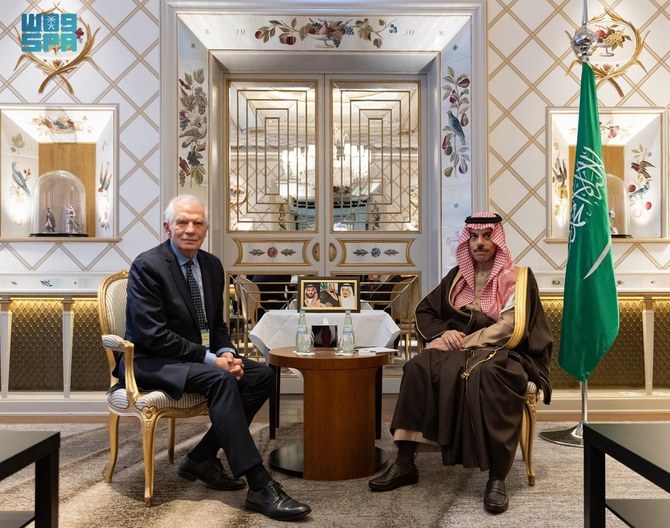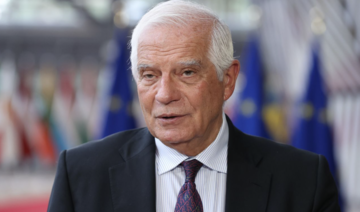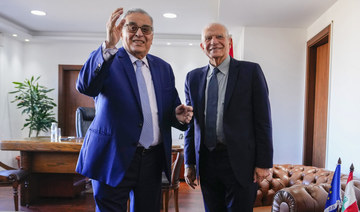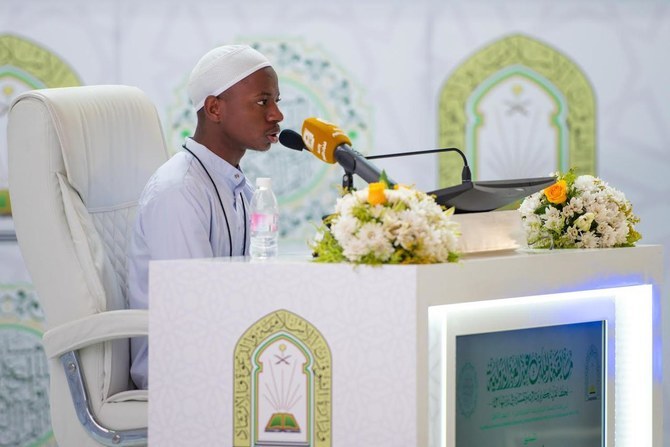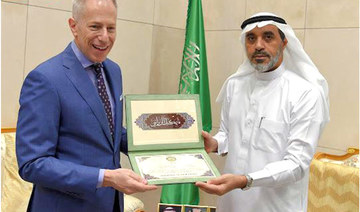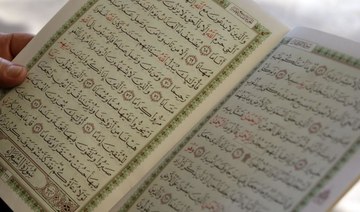RIYADH: Old neighborhoods in the heart of the city of Hail, in northern Saudi Arabia, are popular attractions, especially with older visitors who like to wander around and look at the traditional mud houses that remind them of their childhood days.
In recent years, there has been a resurgence of interest in the region in these buildings, both the surviving examples of those built a century ago and the more recent buildings that mimic their style.
Mohammed Al-Na’am is the supervisor of several Al-Na’am heritage houses. These properties, which are owned by his family and were built many decades ago, are open 24 hours a day to visitors and passers-by, who can stop by for a coffee and some food or even stay the night. There are many other houses across the Hail region that are similarly welcoming, he said.

His heritage houses are usually busy with visitors from Hail and beyond, who appreciate the generosity of their hosts, he said. Most of those who visit the houses, the origins of which date back as far as 1500 AD, are particularly impressed by the ornately decorated walls and ceilings, which have been restored and renovated with a modern touch, Al-Na’am added.
“Hail is replete with historical heritage because it is an ancient region known for its generosity and hospitality,” he said. “This explains the interest in the ancient buildings of the region.”
The traditional buildings in the region differ from those in other parts of the Kingdom, and some other Gulf countries, because they were designed and built with the help of Iraqi specialists and architects and so include distinctive plaster decorations in a variety of shapes and forms, he explained. Some examples have been well maintained and preserved while others are in need of restoration.
While this traditional style of building enjoys enduring popularity, Al-Na’am said, the high cost of constructing mud houses and the need for continuous maintenance means that modern versions are often built using concrete. This allows the classic mud-house style to be preserved while reducing the cost of construction and maintenance.
“Some modern buildings maintain the traditional design used in ancient buildings and use the same style of decorations, especially those in the city center,” he said. But this style of ancient buildings originally developed and spread in the villages of the region, not in the city.
HIGHLIGHT
The traditional buildings in the region differ from those in other parts of the Kingdom, and some other Gulf countries, because they were designed and built with the help of Iraqi specialists and architects and so include distinctive plaster decorations in a variety of shapes and forms. Some examples have been well maintained and preserved while others are in need of restoration.
One feature of these buildings is the design of the majlis or sitting rooms, which often have relatively high ceilings to make it easier to keep the room clear of smoke from the fire during the winter and keep it cool in the summer, said Al-Na’am.
“Most of the sitting rooms are decorated with plaster featuring geometric shapes,” he added. “However, today’s buildings use gypsum plaster and cement, which have lower costs.”
Some people continue to keep the old traditions alive by working with authentic materials. Abdullah Al-Khuzam, a member of the National Program for the Development of Handicrafts, has been passionate about building mud houses for more than 30 years.

He said he mixes the mud he uses, and that other materials used in the construction include tree trunks and palm-tree fronds. He described the Hail architectural style as durable and solid, with strong walls ranging in thickness from 30 to 40 centimeters. Mixing the mud is a delicate process that requires special skills, and is not as random as it might appear, he added.
“For example, certain parts of the building require a certain amount of mud and clay and a certain quantity of soil,” he explained. “For other parts, mud and soil are mixed and soft hay is added. The mixture is fermented for seven to 14 days before construction starts.”
Al-Khuzam, who is also a well-known fine artist, has taken part in many heritage exhibitions in the Kingdom and other countries.
“My participation in these events aimed to promote our traditional heritage and introduce the next generations to the traditional methods our forefathers used,” he said. The traditional designs and construction methods used in old buildings reflected the values and beliefs of the community, said Al-Khuzam. It was usual, for example, for doors in mud houses to be positioned in such a way that they did not reveal the interior of the house. A wall would block the view. Decorations were also an important part of the design process.
“Our forefathers paid special attention to the sitting room’s construction, which reflected their taste in art and architecture,” he said. “The majority of sitting rooms were decorated with engravings on the walls as well as Qur’anic verses, wise proverbs and drawings of plants.”

The majlis, where guests were hosted, was known as al-qahwa (the coffee area), he explained, and the area overlooking the yard was called liwan (summer majlis).
One feature that sets houses in Hail apart from those in other areas, according to Al-Khuzam, is the yard. Typically, it is a large space with an orange tree in the center. Orange trees live a long time and are a signature feature of yards in Hail. Some also have palm trees.
Another prominent feature of architecture in the region is something called a “dome,” which is located in front of the building. It is where the residents of the house traditionally spend most of their time during the summer. It also helps to shield the rest of the house from the sun and rain.
The previously mentioned majlis or sitting room in the heart of the house is where family members gather during the cold days of winter and light a fire to keep warm. The heads of the family occupy the main bedroom, while the children share rooms that are divided between boys and girls.
One of the nicest parts of a traditional Hail house is called “al-qubaiba.” Located off a corridor or a corner, it is a small space usually used by women, especially the elderly, to pray. A clay pot filled with water is stored there to keep it cool.
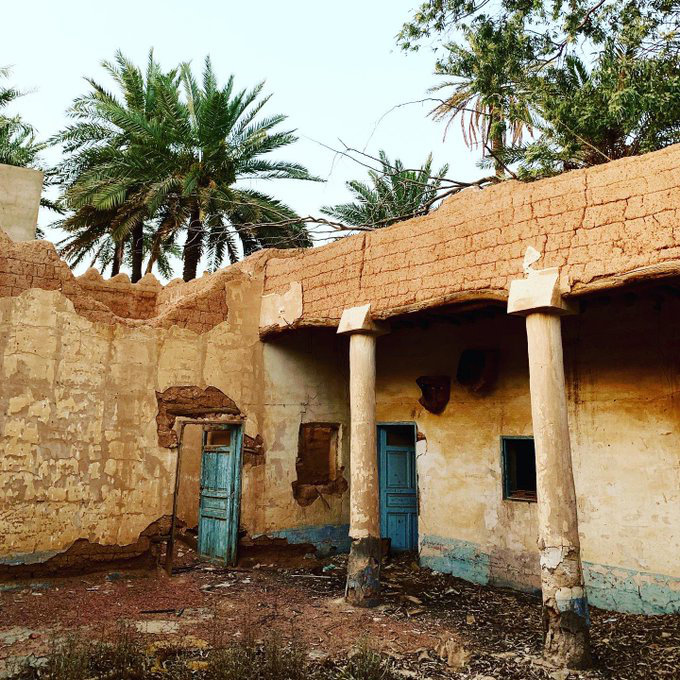
Al-Khuzam’s enduring passion for Hail’s old buildings is clear.
“I have been ready to do anything for the sake of this precious heritage and legacy,” he said. “I was glad when I heard that the Ministry of Culture had decided to restore the heritage sitting rooms in the city of Hail. These public places represent an important aspect of the traditions and values of the people of Hail, reflecting their generosity to visitors and passers-by. Some of them are open from after Asr prayers until midnight.
“I was a member of the team that restored these sitting rooms. I am grateful for the authorities’ support and for giving us the opportunity to put our touches on the historic buildings in the area.”
Mohammed Al-Halfi, a historian and doctorate student at King Saud University, said a house represents a part of a family’s identity and offers an insight into their history. Houses built close together are indicative of the close relationships between the people that lived in them, he explained.
They reveal how these people planned their lives together and built houses that reflected their environments and surroundings, he added. In the rural desert environment, known for its harshness and extreme summer heat, mud houses helped to manage the temperature.

“Using mud in architecture became an art hundreds of years ago, and still is,” said Al-Halfi. “Guest and living rooms in today’s houses have the same style as the old ones, and this reflects our pride in this identity and our heritage.”
He added that a study of the materials, design and construction techniques that were used to make the mud houses reveals the expertise of the builders. They took into account all factors to ensure the structures were perfectly suited to the local conditions, including the terrain and climate, and even the rising and setting of the sun.
“We must view mud houses as a historical source when studying any society,” said Al-Halfi. “These houses deserve to be studied, economically and socially, to get more information about the community at the time.
“That is why we find mud houses differ from one region to another, according to the cultures of their inhabitants and the building requirements available in their environments.”







